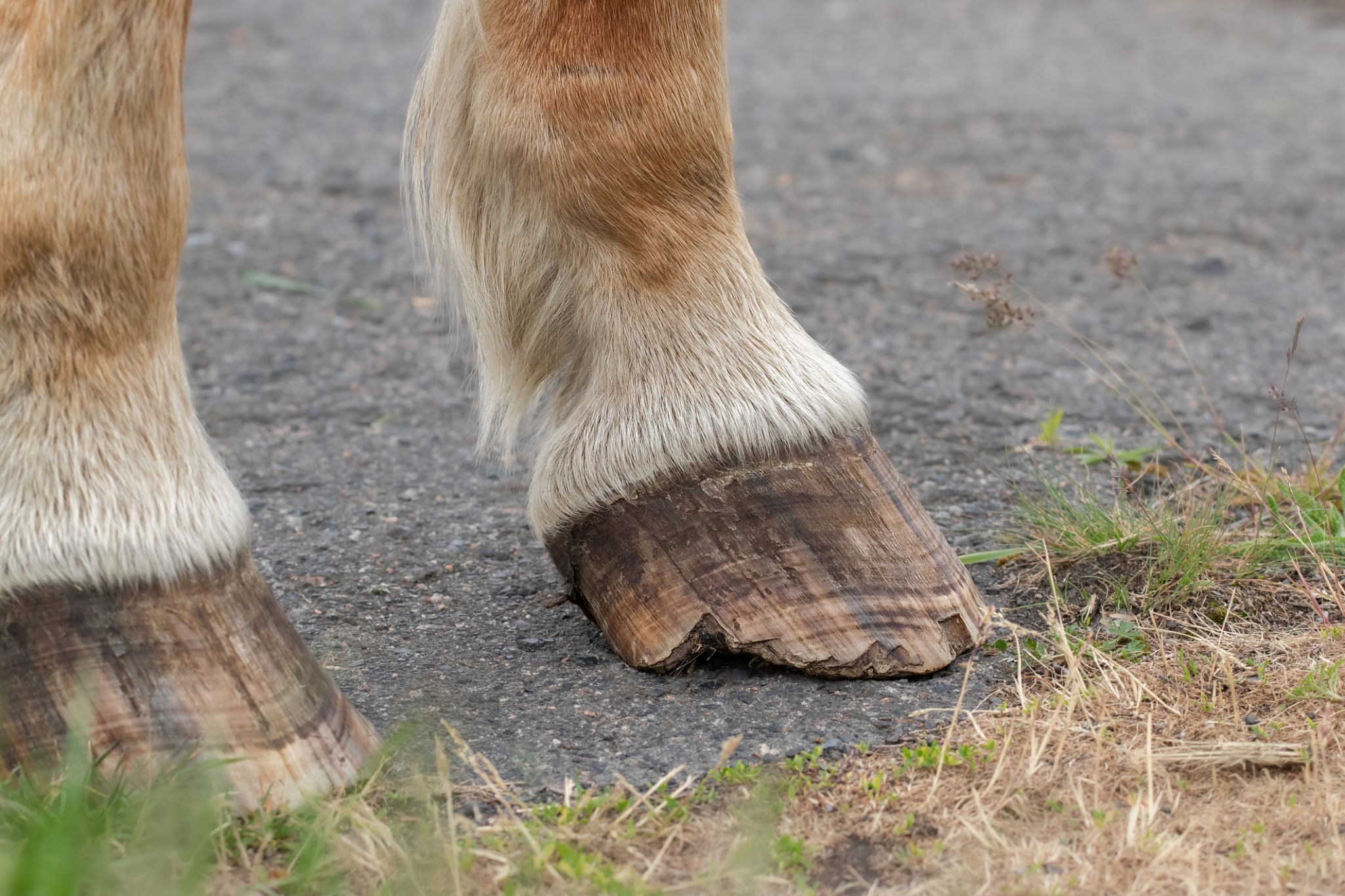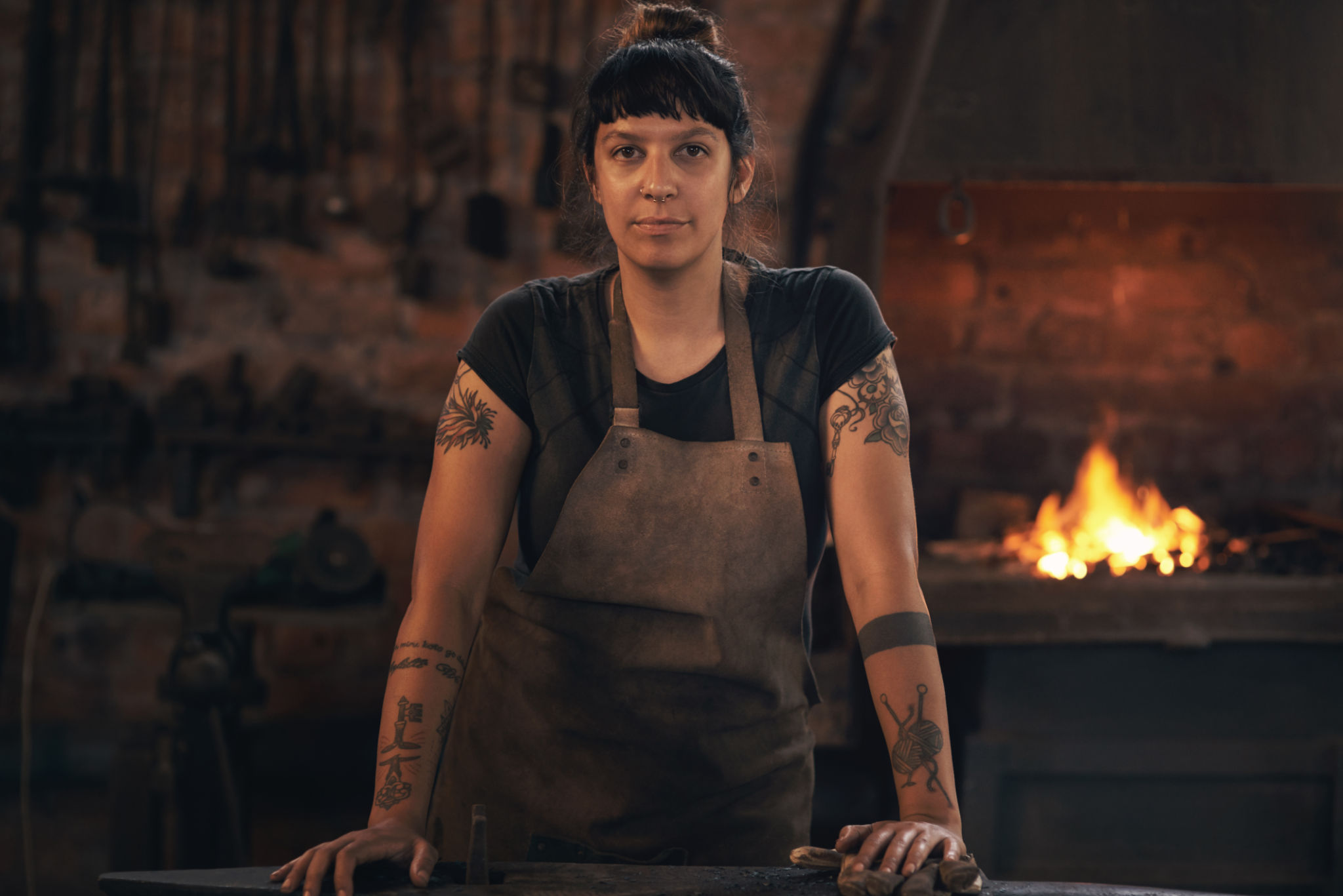Understanding Hoof Anatomy: A Farrier's Perspective
The hoof is a complex and fascinating structure that plays a critical role in a horse's overall health and performance. Understanding hoof anatomy from a farrier's perspective can provide valuable insights into maintaining and improving hoof health. In this post, we’ll explore the key components of the hoof and their functions.
The Outer Hoof
The outer hoof, or hoof capsule, is what we see when we look at a horse's foot. It consists of several parts, each serving a unique purpose. The hoof wall is the most visible part, providing protection and support. It’s made of keratin, the same protein that forms human nails.

The sole of the hoof is the underside, which protects the sensitive structures within. A healthy sole is slightly concave, allowing for better grip and shock absorption. The frog, a V-shaped structure, plays a crucial role in circulation by pumping blood back up the leg with each step.
The Importance of the Hoof Wall
The hoof wall is not just a protective barrier; it also supports the horse's weight. A well-maintained hoof wall is vital for optimal hoof function. Farriers pay close attention to the wall's condition, ensuring it is free from cracks and splits.
Inner Structures
Within the hoof capsule lies the sensitive inner structures, including the laminae, which connect the hoof wall to the coffin bone. This connection is essential for weight distribution and stability. Any damage to the laminae can lead to serious conditions like laminitis.

Another key component is the digital cushion, a fibrous structure that aids in shock absorption. It works in tandem with the frog and other soft tissues to cushion the impact of each step.
Common Hoof Issues
Several common issues can affect hoof health, including thrush, white line disease, and abscesses. Regular maintenance and proper hoof care are crucial in preventing these problems. Farriers often recommend a balanced diet and regular trimming to maintain hoof integrity.
Farrier's Role in Hoof Care
A farrier plays a pivotal role in hoof health, providing services such as trimming, shoeing, and diagnosing hoof issues. They work closely with horse owners to develop a maintenance plan tailored to each horse's needs. Regular visits from a skilled farrier can prevent minor issues from becoming major problems.

Farriers also provide valuable education to horse owners, teaching them how to recognize early signs of hoof problems. This proactive approach can significantly enhance a horse's well-being and performance.
Conclusion
Understanding hoof anatomy from a farrier's perspective offers a deeper appreciation for the complexity and importance of hoof care. By maintaining a regular hoof care routine and collaborating with a knowledgeable farrier, horse owners can ensure their equine companions remain healthy and happy.